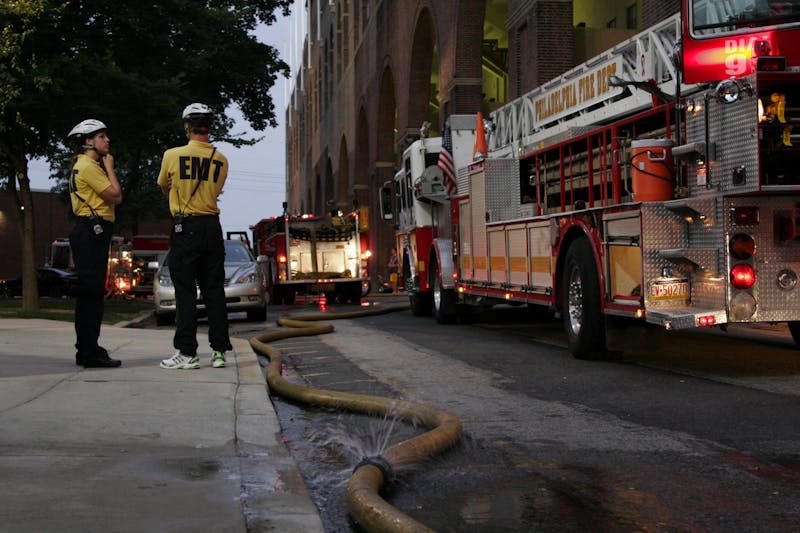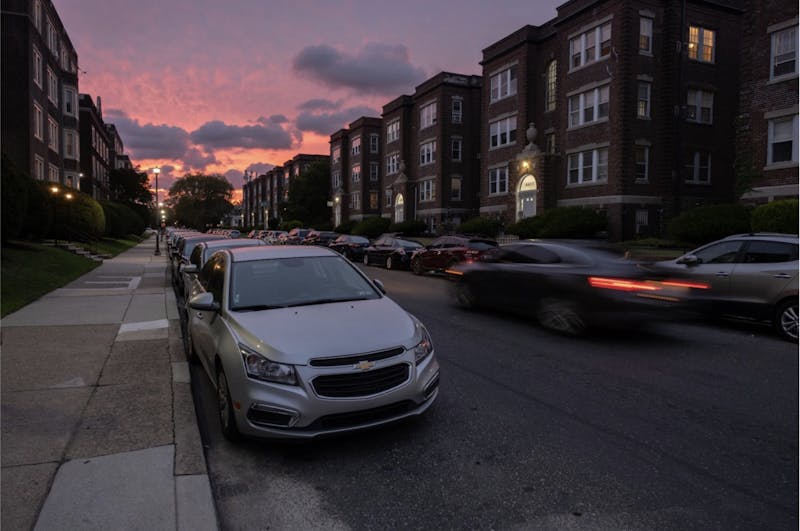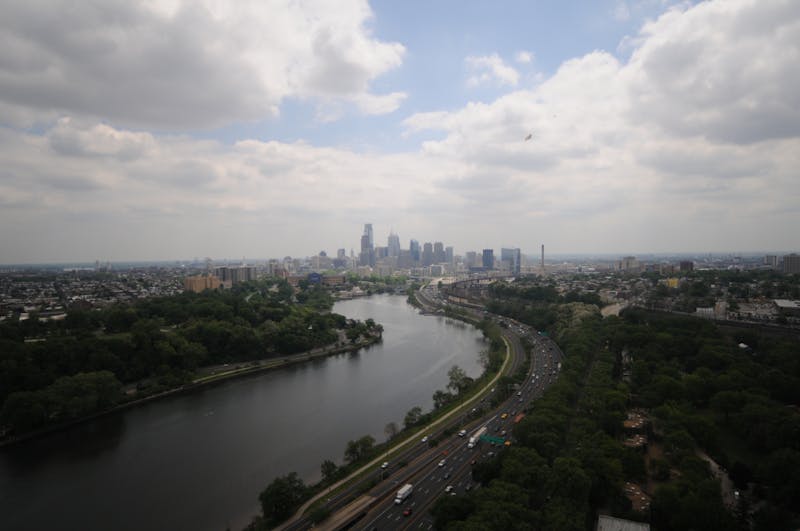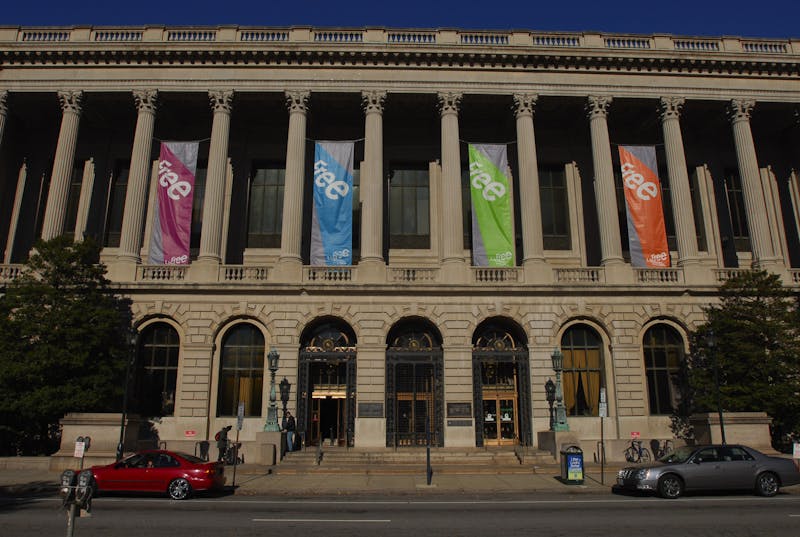In early March, Philadelphia tragically experienced a four–day string of gun–related crimes, all involving SEPTA, the city’s sole public transportation system. The victims, ranging from the ages of 15 through 37, were all either onboard or exiting a SEPTA bus or waiting at a SEPTA bus stop when the shootings occurred. In response to the shootings, there is a strong push to provide mental health support to current students in the Philadelphia School District, particularly focusing on youth, who make up about half of the victims. Amidst inquiries about safety for riders of SEPTA, including adolescents who utilize public transit to travel to and from school every day, SEPTA has adamantly vowed to halt gun violence on its transit system.
The Southeastern Pennsylvania Transportation Authority, otherwise known as SEPTA, runs one of the nation’s largest public transportation systems. Established in 1964, SEPTA remains an integral part of the daily routine of the average Philadelphian. Millions of people across Philadelphia, as well as Bucks, Chester, Delaware, and Montgomery counties rely on SEPTA’s train, subway, trolley, and bus lines for transport to and from work, school, and other activities. In 2022 alone, 147 million trips were taken by passengers on SEPTA, with an average daily ridership totaling around 563,000 people per day. Although this number is steep, it is nowhere near as high as SEPTA’s pre–COVID (2019) ridership, which surpassed one million in some months.
Overall crime rates on SEPTA’s transit system have notably been on a decline over the past few years. These range from public indecency to violent crimes, such as gun violence. The occurrence of the four high–profile bus stop shootings in March, however, reflects a startling increase in gun violence concerning public transportation since previous years.
In fact, Philadelphia is not the only city experiencing an epidemic of violence involving public transit this year. In recent months, New York City’s subway system has experienced several violent crimes onboard its trains, including a gun fight that left one dead and five wounded. During the same week of the SEPTA shootings, New York Governor Kathy Hochul announced her plans to deploy 750 members of the National Guard to patrol the subways and assist the New York Police Department (NYPD)with bag searches.
Hochul’s plan to send the National Guard to the NYC subway system is one element of the governor’s Five–Point Plan, designed to ensure the safety of New Yorkers who use the subway. Alongside the National Guard, Hochul deployed 1,000 NYPD officers, as well as authorized the Metropolitan Transportation Authority Police Department to conduct bag checks to screen for weapons.
In various press conferences held during the week of the shootings, SEPTA officials responded to the crimes by vowing to have more police officers boarding buses and conducting “SEPTA checks," as well as to increase the amount of surveillance cameras monitoring the transit system. In an effort to utilize technology to combat violence, over half of SEPTA’s bus fleet is equipped with the ability to monitor the camera systems on buses remotely, which bypasses the need for an officer to be onboard the bus. Still, in the midst of officer shortages and having only 60% of buses equipped with surveillance cameras, SEPTA is a long way from being able to completely monitor all 1,100 of its buses that run every day.
Although the expansion of police presence on public transportation has become a major goal of SEPTA, the idea remains controversial, and not just in Philadelphia. In New York City’s case, although the MTAPD and the NYPD have voiced their support for Hochul’s plan, there has been pushback from different groups concerning increased policing on the subway. New York–based organizations, such as the Riders Alliance and the New York Civil Liberties Union, share concerns about racial profiling by police officers patrolling the subways.
A large debate surrounding the addition of police officers onboard public transportation centers around its necessity, as many well–seasoned riders of public transportation agree that public transportation is relatively safe already.
Ian Lamont (SEAS ‘26), a student at Penn who grew up around Queens Village, a neighborhood near South Street and the Delaware waterfront, and a frequent rider of the SEPTA subway since middle school, shares his experience riding SEPTA and his thoughts about safety on the transit system.
Ian explains that he rarely encountered unsafe or dangerous situations onboard a SEPTA vehicle. He says, “When I took the subway I was taking it during rush hours, pretty much. I would get on at eight in the morning to get to school and I would leave from school at three, which are pretty packed times on the subway. During those times, it feels much safer, as there's safety in numbers with a lot of people around.” He also includes that he feels the same sense of safety taking SEPTA buses in downtown Philadelphia. Ian explains that his perception of safety on SEPTA mainly concerns his exposure to riding downtown subway and bus lines and that the safety conditions of SEPTA in other parts of Philadelphia could diverge entirely from his experiences.
Ian notes that there is increased security presence around the SEPTA transit systems during rush hours and that the number of police usually decreased around off–peak hours. He also says that the subway feels less safe during these nonrush hours, mentioning that when it is late in the night, riding SEPTA feels, “a little more dangerous purely because there are fewer people around.”
A couple of years ago, when Ian was a student, he was part of a large portion of Philadelphia’s middle and high school students who used the SEPTA to and from school every day. Many of these students are enrolled in SEPTA’s Key Student Fare Card Program. This program allows students to ride for free on eight trips per school day, as the School District of Philadelphia does not generally offer school bus services for students beyond fifth grade. Between 2021 and 2022, around 65,000 students were eligible for a Student Fare Card.
While many adolescents utilize SEPTA’s transit system every day and rarely experience any danger, there have been isolated incidents in which teenagers have been the victims of violent crimes on public transportation. In fact, 11 of the victims of the four SEPTA bus stop shootings in March were adolescents, all of whom are or were enrolled in Philadelphia schools.
As public transportation plays an integral role in the daily lives of many of Philadelphia’s students, it is imperative that all adolescents feel safe riding a SEPTA vehicle or waiting at a bus stop. Yet, 17–year–old Dayemen Taylor, a student at Imhotep Institute Charter High School, was fatally shot in one of the four SEPTA bus stop shootings. Later that same week, eight teenagers waiting at a SEPTA bus stop in Burholme were shot by a barrage of over 30 bullets.
The loss of Dayemen’s life, as well as the various injuries experienced by the teenage victims, have left school communities across Philadelphia facing the reality of managing and treating the trauma belonging to affected students.
In Penn’s Graduate School of Education, academics in the Office of School and Community Engagement study the implications of violence on youth and the development of PTSD at an early age. Research conducted in this field is crucial for informing the creation of mental health resources and improving educational outcomes for children. Dr. Caroline Watts, director of this office as well as a trained psychologist, leads the school’s initiative to facilitate relationships with Philadelphia public schools and other community organizations. Dr. Watts leads this initiative to address the inequities in the kinds of support that children and families receive, especially in urban settings.
Concerning the recent epidemic of gun violence affecting adolescents in Philadelphia, Dr. Watts notes that schools are now left with the challenge of supporting students and educators in the aftermath of such traumas.
When asked about what resources should be made available to students during these difficult times, Dr. Watts mentions the importance of trained professionals who are equipped to manage mental health crises, stating that “We need well–trained counselors in school buildings, who are available to work with students and with staff to build wellness and resilience, as well as be able to respond to trauma.”
Dr. Watts also emphasizes the necessity of creating safe spaces for students in which they are able to share their beliefs and experiences with trusted adults. “We need better quality after–school programs, environments that are open for kids to have a place to go. We need mentors for youth, so that if they're looking for and needing adult support, there are people they can find in their community to engage them in supportive relationships.”
Near the end of March, Philadelphia Police Commissioner Kevin Bethel announced the inauguration of the “Handle With Care” initiative, which was created to help police and school staff support students who experience traumatic events. This initiative, originating from West Virginia, has received a $1 million federal grant for its operations in Philadelphia. The grant will fund the pilot of this project for 15 schools in North Philadelphia, an area that has experienced a disproportionate amount of gun violence compared to other parts of the city.
The “Handle With Care” initiative encompasses one of the many ways in which Philadelphia is adapting and responding to its gun violence epidemic. In mid-April, Commissioner Bethel released a comprehensive plan of how the new Philadelphia Police Department administration will approach the city’s most pressing dilemmas, including gun violence. One aspect of Commissioner Bethel’s plan includes the creation of “surge teams,” in which a mobile team of officers will be rapidly deployed to “crime hot spots” on the weekends.
By pushing for reform, as well as by making available a variety of resources for Philadelphians, Philadelphia’s government emphasizes that the city will not allow itself to be defined by gun violence and will find a way to move forward toward a safer future. As stated in a news conference Mayor Cherelle Parker gave after the SEPTA bus stop shooting injuring eight teenagers, she wants the people of Philadelphia to know “that we will not be held hostage, that we will use every legal tool in the toolbox to ensure the public health and safety of the people of our city.”






